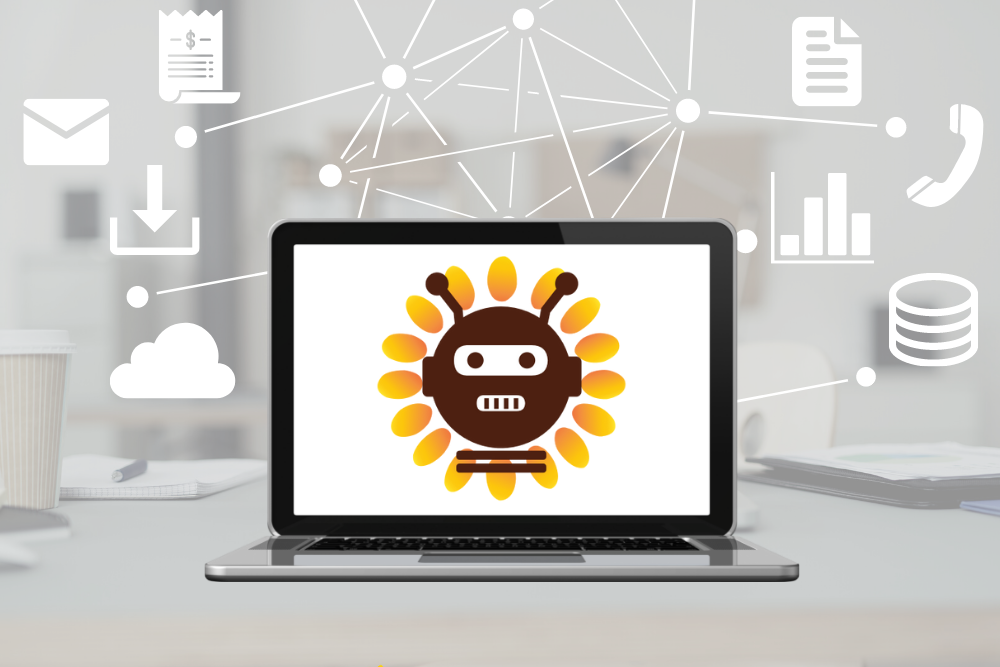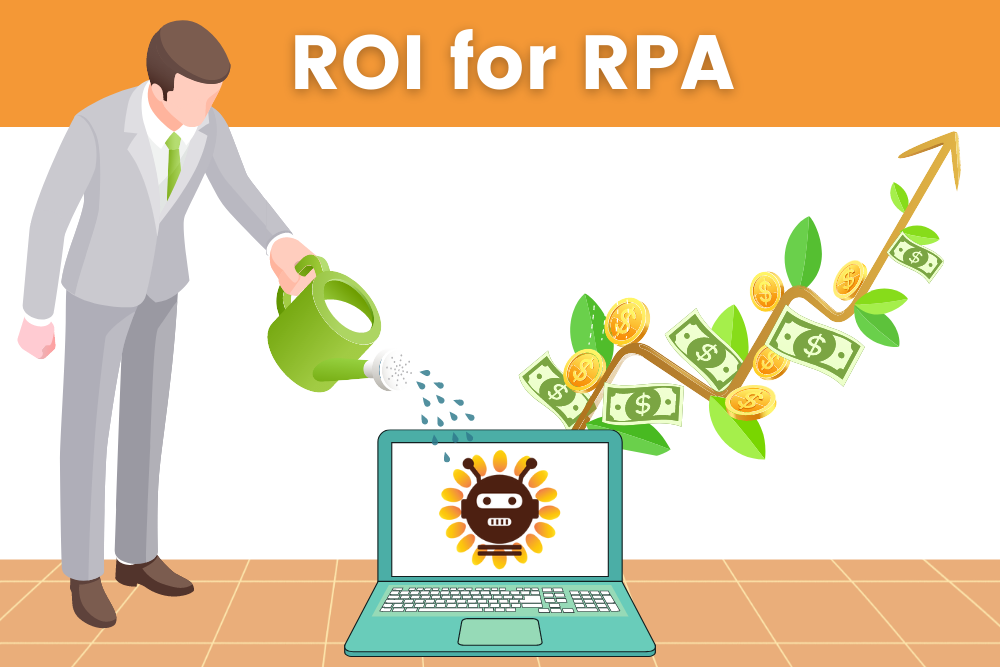Problem: You Don’t Have an RPA Strategy for your Business
If you’re reading this and do not currently have an RPA strategy, your business is not performing to its full potential and doesn’t stand a chance at digital transformation. It’s true: no matter if you’re a small, mid-size, or large organization, you are suffering from human error, productivity lapses, wasted money, squandered talent and more costly hindrances that could be solved with automation. In fact, Small Biz Daily estimates employees spend approximately 10-15% of their time doing menial tasks.
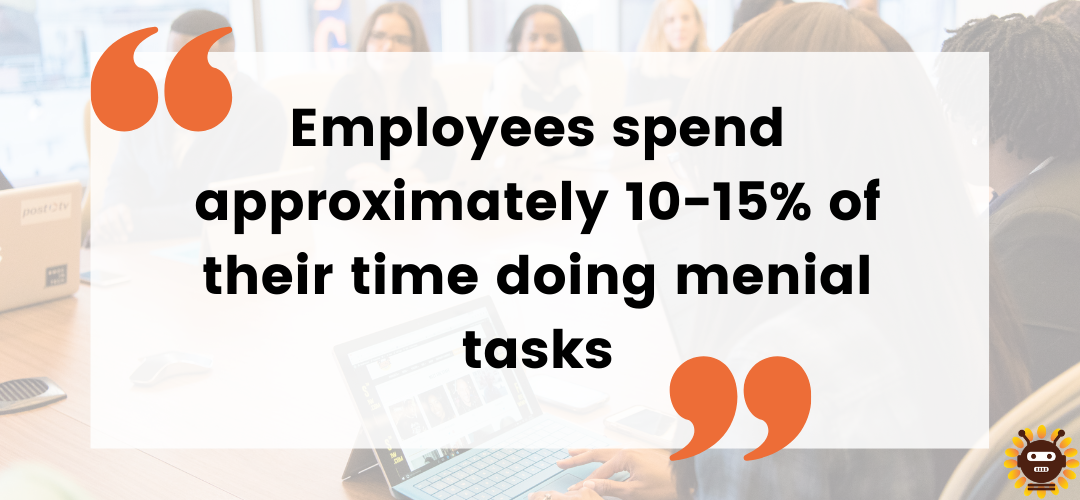
Small organizations waste precious time and resources on trivial administrative tasks when they should be focused on key functions to build a solid foundation and core competencies. Employees at mid-sized companies are bogged down with humdrum tasks when their talents could be leverage to put the company in a better position to compete with larger players. And large organizations are preoccupied with scaling issues and keeping costs consistent instead of finally streamlining those outdated legacy systems. The success of your business today and in the future is reliant on you and your staff’s ability to be laser-focused on individual strengths and pursuing new opportunities. There is no business automation tool that will replace ideas and creativity, but there are solutions for just about everything else.
Solution: RPA for Digital Transformation
Robotic Process Automation (RPA) is a technology that uses software robots to automate repetitive, mundane, and routine tasks, mimicking human actions to carry out error-free tasks at high volume and speed (learn more about what is RPA). Small businesses can utilize their agility by incorporating automation at the beginning to preserve time and resources in the long run. Mid-size companies stand a better chance of catching up to their larger competitors by automating HR, administration, customer services, and activities in other departments. For large organizations, implementing robotic process automation solutions to automate their legacy systems presents an opportunity for them to scale operations up and down without affecting the budget. Small, mid-sized, and large companies are ditching the old way of doing business and seizing the opportunity to begin their digital transformation journey with robotic process automation solutions. Understanding why RPA is necessary for digital transformation and how it will affect future workforces can be a challenge. So, let’s break it down.
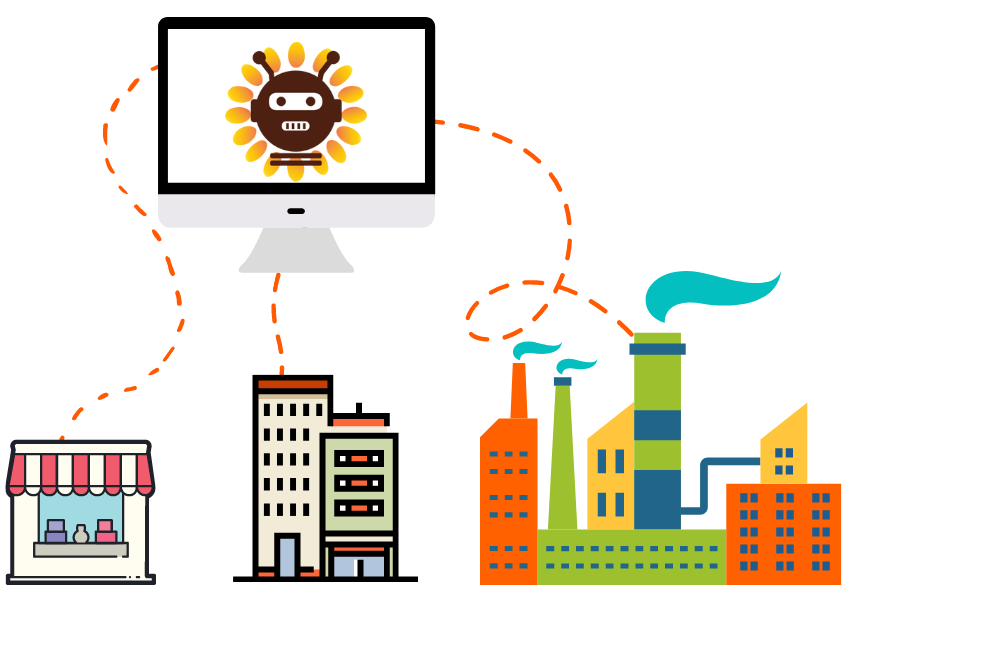
How to Start your Digital Transformation Journey
What is Digital Transformation?
In simple terms, digital transformation refers to integrating digital technologies in areas of businesses to improve the business outcomes. The end objective of digital transformation is to improve the customer experience by delivering at a much faster pace and at a higher quality. As part of digital transformation, organizations implement new technologies to modernize the business processes. Digital transformation not only targets business customers, but also benefits enterprise employees.
Why is Digital Transformation Important?
One of the prominent reasons for the businesses to adopt digital transformation is to remain competitive in the ever-changing industry, and to improve their operation and processes. It helps in increasing the productivity at a lower cost along with improving the customer experiences. A McKinsey report estimates by 2023, most companies will need to build new digital processes to stay economically viable. What’s more, Forrester reports the RPA services market will grow to reach $12 Billion by 2023. Not only is there immediate importance of digital transformation, but it is also poised to have a significant impact on the future of business (more on that later).
What is the Role of RPA in Digital Transformation?
For any enterprise, digital transformation starts from a simple automation. RPA software bots are onboarded to “learn” and then take over the mundane and repetitive tasks carried out by humans. The implementation of RPA not only improves the customer experience, but also helps to transform the business by streamlining and refining the business processes. Businesses are able to realize the benefits very quickly. The return on Investment (ROI for RPA) are very fast as compared to the other technology programs. This simple automation acts as the cornerstone for a wider digital transformation strategy. The next steps are then to integrate with other digital technologies such as machine learning, artificial intelligence, and/or chatbots with the goal of adopting an end-to-end digital transformation strategy.
Get a FREE quote on your project today!
Your idea is 100% protected by our Non-Disclosure Agreement
Why RPA is the First Step in Digital Transformation
Like we mentioned above, RPA is considered to the first step in digital transformation—but why? There are many qualities that RPA possesses that makes it a great first step in an organization’s wider business automation plan.
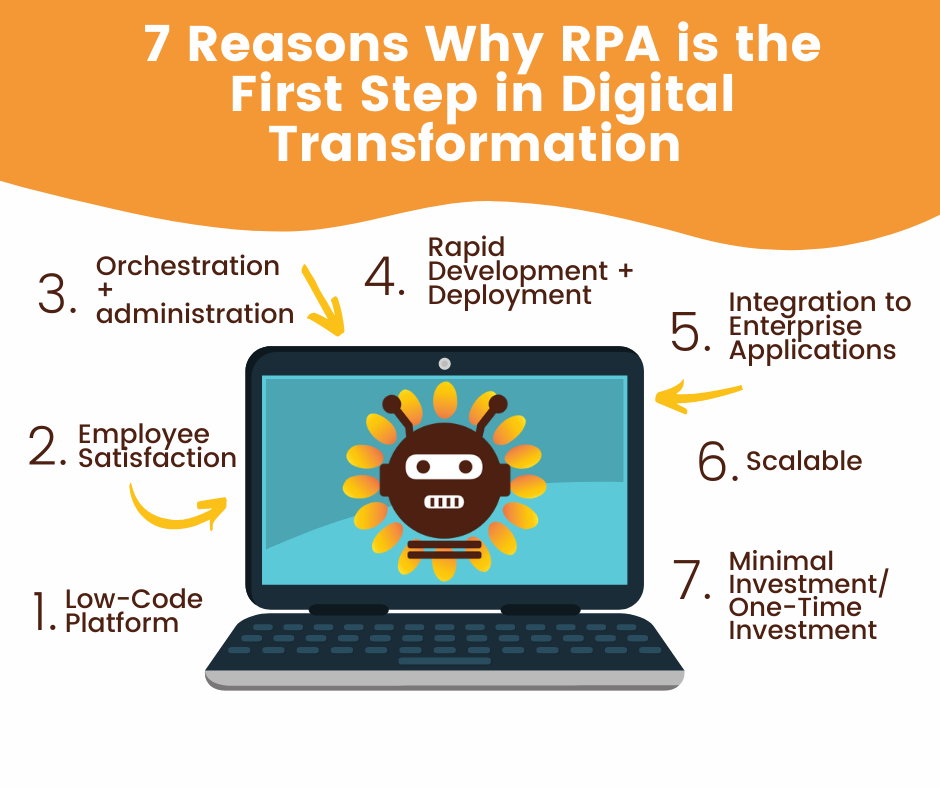
Low-Code: Most RPA Platforms are low-code, meaning by providing appropriate trainings, we can up-skill the workforce. As compared to the other technologies where coding experts are required to start the development, low-code system require little coding experience to kick off. The code editor for RPA is a simple drag-and-drop and intuitive design.
Scalable: RPA can quickly and easily be scaled up or down to accommodate spikes or drops in workloads.
Employee Satisfaction: When the mundane and repetitive tasks are automated, employees can now focus on more strategic and higher-value tasks providing employee satisfaction.
Rapid Development + Deployment: Most RPA projects take less than two months to develop and deploy, which includes the time required to configure, test, and launch. But, depending on number of processes you wish to automate, how complicated those processes are, how many applications are involved in the processes, and other factors, your RPA system could be up and running in as little as two weeks.
Integration to Enterprise Applications: RPA offers a seamless integration with enterprise applications such as Microsoft Outlook, Excel, SAP etc., as we do not have to spend any time in building these integrations – Adaptability of RPA is significantly high
Orchestration + Administration: Capability including configuration, monitoring, security, deployment help to deliver end-to-end automation.
Minimal Investment/One-Time Investment: Unlike human employees that require ongoing compensation, robotic process automation can be a one-time investment depending on the services provided by your RPA service provider.
Benefits of RPA
As you can see, RPA is the logical first step in your journey towards digital transformation. Though the immediate advantageous are convincing, but there are plenty of other long-term factors that motivate peoples’ decision to introduce robotic process automation solutions. Here are a few benefits of RPA:
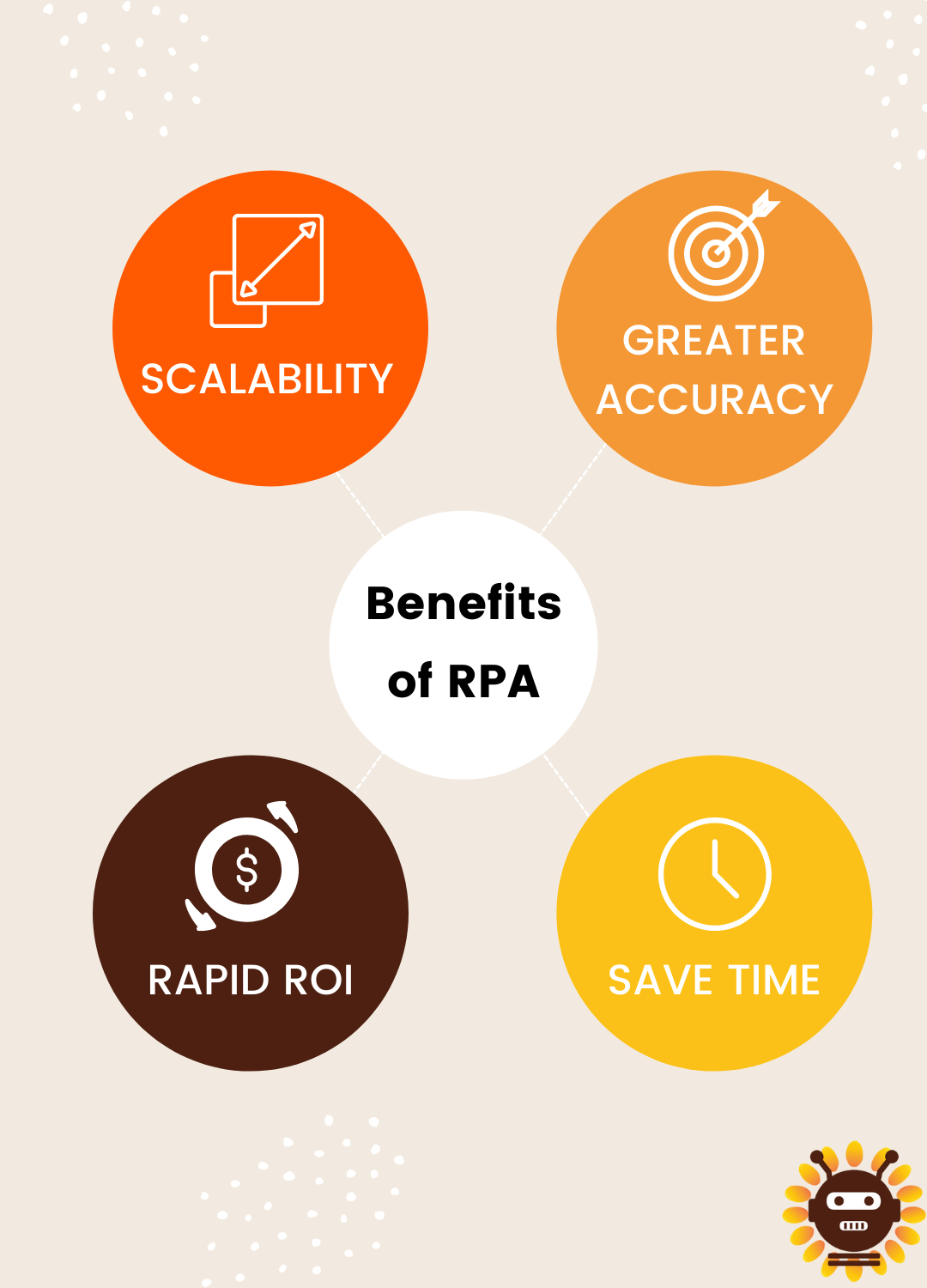
Save Time
RPA software bots save your company time by completing tasks faster than human staffers.
Increase Productivity
An RPA bot can organize files, sift through large amounts of data, identify patterns, read files, and complete more rule-based tasks while your human employees can tackle more meaningful jobs.
ROI for RPA
ROI for RPA is a major driving factor for adopting automation. The Institute for RPA estimates that process automation solutions can deliver an immediate savings of 25% to 40% in labor costs alone. McKinsey Digital also found that automating business processes can result in an ROI of between 30% and 200% in the first year.
Greater Accuracy
Human error is responsible for 60%-80% of risks in high-risk industries. Robots can achieve higher rates of accuracy, which can bring down error rates, decrease risks, and increased quality.
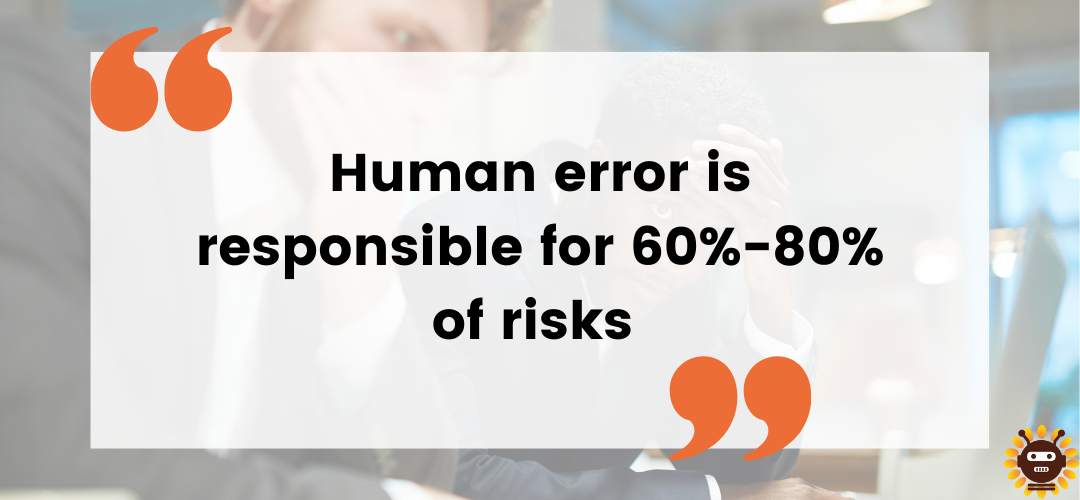
What is the Future of Robotic Process Automation Solutions in the Workforce?
The robotic process automation technology is considered to be revolutionary in the automation industry, and it is expected to reach higher potential in terms of adaptability and usage in the upcoming year.
A recent Forrester study predicted that within the robotic process automation technology market “more than 40% of enterprises will create state-of-the-art digital workers by combining AI (artificial intelligence) with Robotic Process Automation.” This immense growth suggests a tremendous shift in overall business strategy toward digital transformation and taking mundane tasks from human workers.
There are various human jobs which can be easily automated using RPA tools and technology. Few occupations can be fully automated, but 60% of all occupations include about 30% of tasks which can be automated. Moreover, McKinsey estimates that $3.6 trillion of work can be automated.
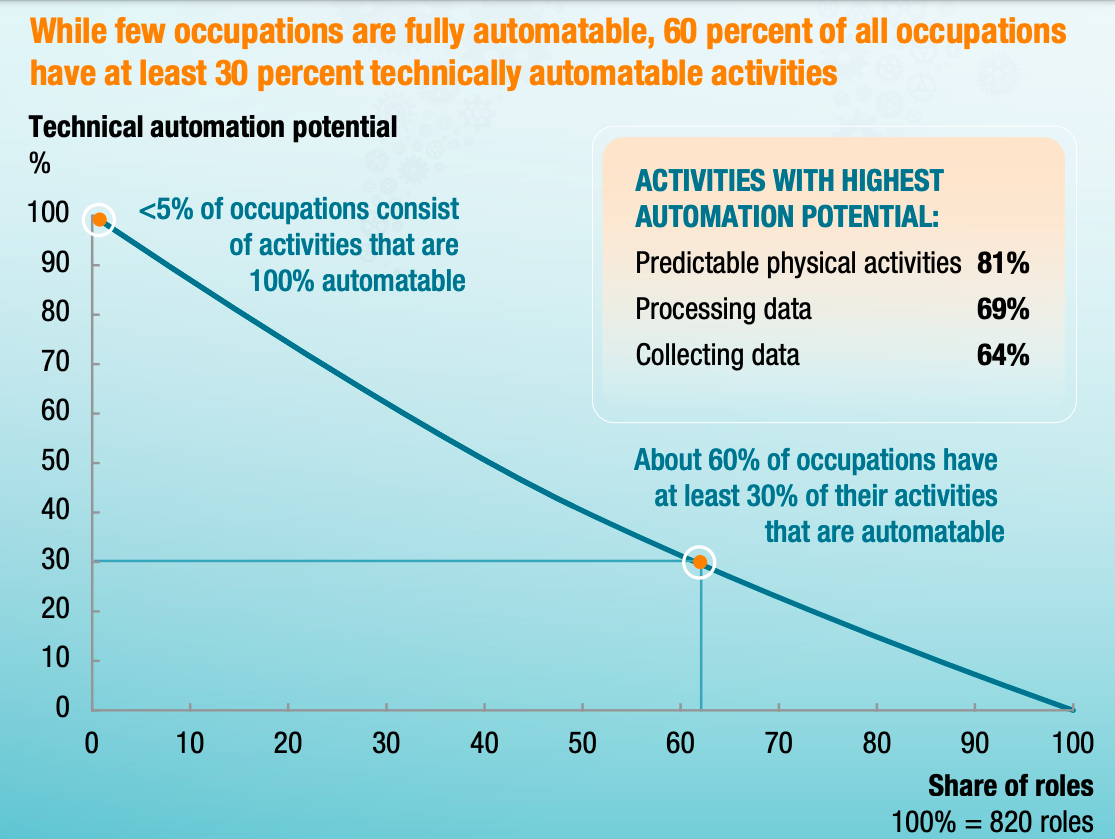
Sourced from McKinsey
RPA Trends by Industry and Region
According to a new report from Tractica, the market for RPA is developing significantly, and it forecasts that worldwide revenue will rise from $151 million in 2016 to more than $5.1 billion by 2025. Almost all the key industry sectors are supposed to embrace RPA implementations. The market opportunity for RPA will be largest in Europe during the forecast period, with Asia Pacific and North America not far behind.
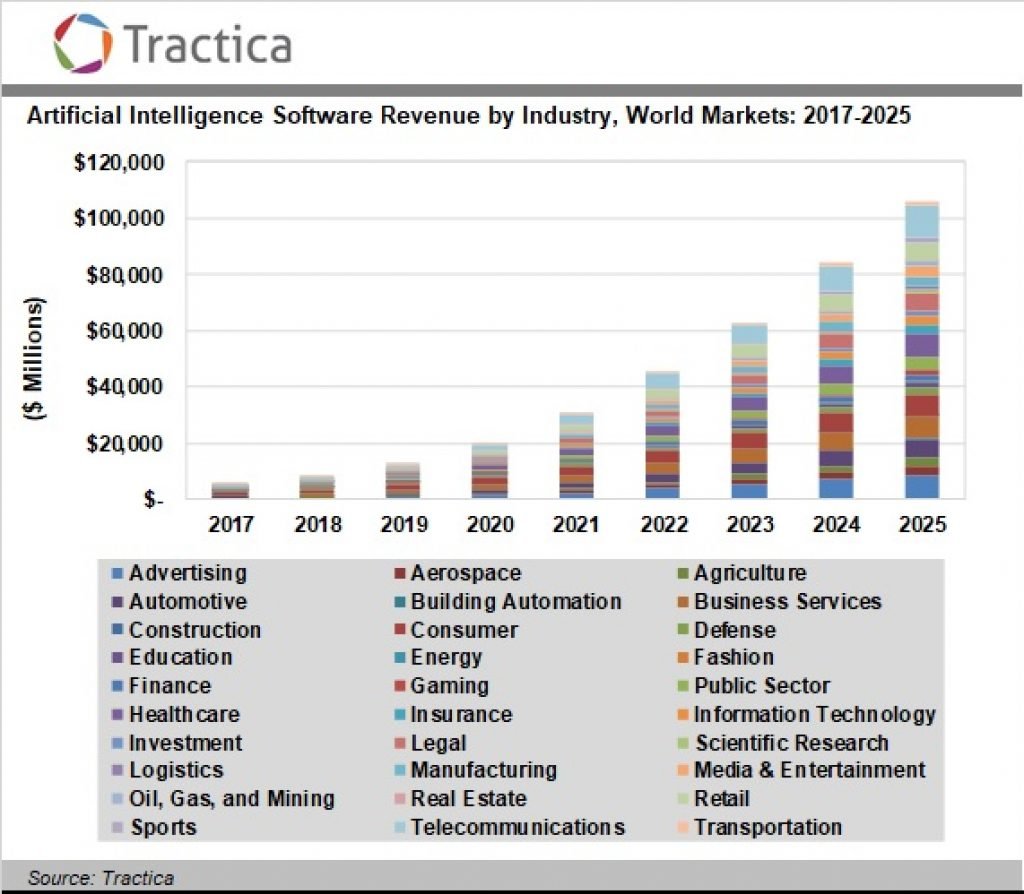
Humans + RPA = Hybrid Model of Work
There is a common misconception that once RPA has been implemented, we cannot have human intervention. However, the truth is: Robots and Human can work together. The RPA Model has the capability to introduce human intervention in the automated process. This gives businesses a massive boost in productivity as their software robots and their people are working together on a single platform.

Hybrid model is a concept which lets automated businesses processes requiring verification, approvals, or human decision-making work together in same environment. The robot handles the rule-based, repetitive tasks while the creative choices and decision-making falls on the human worker. In other words, we can say it’s a mix of both the worlds.
Using a hybrid model, businesses extend the potential of automation further across the organization and scale automation initiatives more easily. Whenever an automation includes decisions—like approvals, escalations, exceptions, and inputs —UiPath Action Centre makes it easy and efficient to hand off the process from robot to human and vice versa. Processes that span across business units and verticals and require robot-people handoffs are big ROI opportunities.
An Example of Hybrid Model is UiPath Action Centre
With Action Centre, we get a drag-and-drop tools that let us easily build robots that can handle the start-and-stop and human interactions. Robots pause and resume work, assign work to the person, and efficiently keep the other automations running until the human responds.
Starting your Digital Transformation Journey with Robotic Process Automation Solutions
One day, humans and robot will work together to achieve more than we ever thought possible. And guess what? That day can be today! Understanding why robotic process automation solutions fit into your organization’s digital transformation journey is the beginning of your automated future. And if you’re serious about getting ahead of competition and reaching your full professional potential, you’ll start the journey today.
Sunflower Lab has multiple locations to better serve our clients. Robotic process automation services Ohio, robotic process automation services New Jersey, and robotic process automation services New York all designed specifically to accommodate the needs in each unique market. For more information and resources regarding robotic process automation services, please reach out to our RPA Experts.
Get a FREE quote on your project today!
Your idea is 100% protected by our Non-Disclosure Agreement
You might also like
Stay ahead in tech with Sunflower Lab’s curated blogs, sorted by technology type. From AI to Digital Products, explore cutting-edge developments in our insightful, categorized collection. Dive in and stay informed about the ever-evolving digital landscape with Sunflower Lab.



